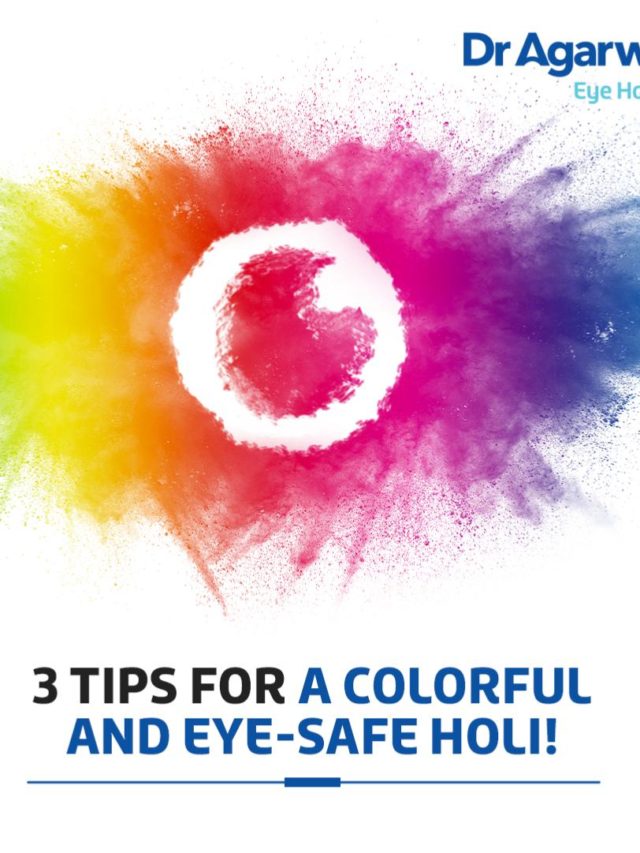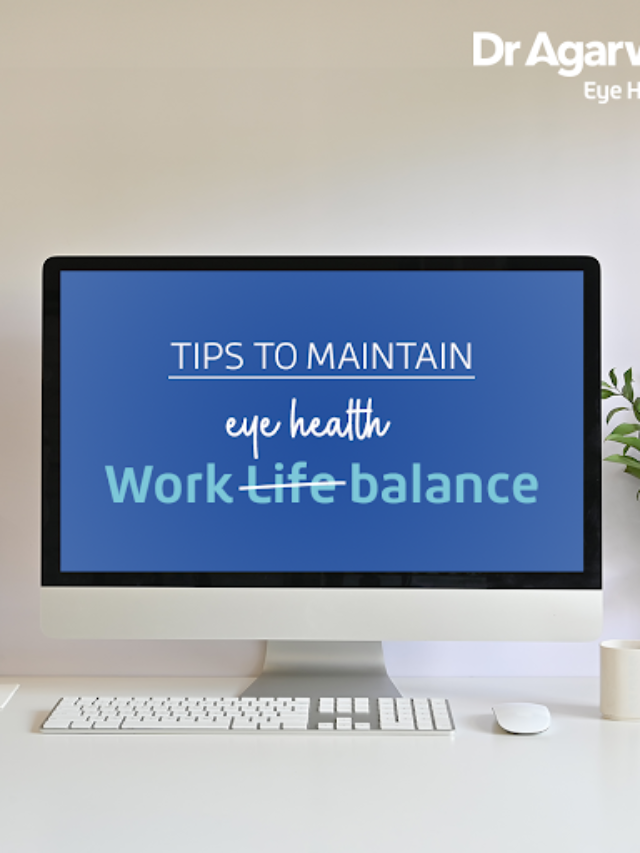Cataracts are a common eye condition that affects millions of people worldwide, especially as they age. The clouding of the eye’s natural lens can cause blurry vision, sensitivity to light, and difficulty seeing at night, eventually impacting daily activities. Fortunately, cataracts are treatable, and there are various options available to help manage the condition, as well as lifestyle changes that can improve eye health.
In this blog, we’ll discuss the treatment options for cataracts, lifestyle adjustments to manage the condition, and how to protect your vision
కంటిశుక్లం అంటే ఏమిటి?
Cataracts occur when proteins in the eye’s lens break down, leading to cloudy or blurred vision. While cataracts are most often age-related, they can also be caused by diabetes, prolonged exposure to ultraviolet (UV) light, smoking, or eye injuries. Cataracts develop gradually, often in both eyes, and their effects may worsen over time if left untreated.
Key Symptoms of Cataracts:
-
Blurry or cloudy vision
-
Sensitivity to light, especially at night
-
లైట్ల చుట్టూ హాలోస్
-
Faded or yellowing colors
-
Difficulty reading or seeing details
Early detection is important in managing cataracts effectively, allowing individuals to explore treatment options before the condition severely impacts their vision.
కంటిశుక్లం కోసం చికిత్స ఎంపికలు
Cataract treatment depends on the stage of the condition and how it affects your daily life. Here are the most common treatment options:
1. Prescription Glasses and Visual Aids
In the early stages of cataracts, vision changes may be mild. In such cases, prescription glasses or contact lenses may help manage symptoms by improving clarity. Anti-glare coatings or magnifying lenses can also help reduce the impact of sensitivity to light and improve vision in low-light settings.
When to consider this option: If cataracts are detected early and do not significantly impair your daily activities, corrective lenses may be sufficient for some time. However, this is a temporary solution, as cataracts will continue to progress.
2. Cataract Surgery
Surgery is the only definitive treatment to remove cataracts and restore clear vision. During the procedure, the clouded lens is removed and replaced with a clear, artificial intraocular lens (IOL). There are several types of IOLs available, including standard monofocal lenses (which correct vision for one distance) and multifocal or accommodating lenses (which correct vision at multiple distances).
Cataract surgery is typically quick, safe, and performed on an outpatient basis. Recovery time is short, and many people notice improved vision almost immediately after surgery.
When to consider this option: If cataracts begin to interfere with your daily life—such as driving, reading, or watching TV—it’s time to consult an ophthalmologist about surgery.
3. Laser-Assisted Cataract Surgery
An advanced form of cataract surgery involves the use of a laser to make precise incisions and soften the cataract before removing it. This method allows for greater accuracy and may reduce recovery time.
Laser-assisted cataract surgery is often recommended for individuals with specific eye conditions, like astigmatism, or those who want the most precise treatment option available.
When to consider this option: If you have astigmatism or prefer a more advanced surgical technique for cataract removal, laser-assisted surgery may be an excellent choice.
4. Post-Surgery Care and Vision Rehabilitation
After surgery, many patients experience significant improvements in vision. However, regular follow-up care is essential to ensure proper healing and maintain long-term eye health. Vision rehabilitation services may also help patients adapt to any residual vision changes.
When to consider this option: After surgery, maintaining regular visits with your eye doctor is critical for recovery and to ensure optimal results.
Lifestyle Adjustments to Manage Cataracts
While cataract surgery is a highly effective treatment, making certain lifestyle adjustments can help protect your vision and slow the progression of cataracts. Here are some key steps:
1. Protect Your Eyes from UV Rays
Excessive exposure to ultraviolet (UV) light can accelerate the development of cataracts. Wearing sunglasses that block 100% of UV rays when outdoors can help protect your eyes from damage. Additionally, wearing a wide-brimmed hat can provide extra shade for your eyes.
2. Manage Chronic Health Conditions
Chronic conditions like diabetes can increase the risk of cataracts, so managing your overall health is essential. Keep blood sugar levels in check, follow your doctor’s advice on managing any chronic conditions, and prioritize overall well-being to protect your vision.
3. Quit Smoking
Smoking has been linked to an increased risk of cataracts. Quitting smoking can significantly reduce the likelihood of developing cataracts and protect your overall eye health.
4. Eat a Nutrient-Rich Diet
Eating a balanced diet rich in antioxidants, vitamins, and minerals can support eye health and slow the progression of cataracts. Foods high in vitamin C, vitamin E, and carotenoids (like lutein and zeaxanthin) are particularly beneficial for protecting the eyes.
Key Foods to Include:
-
Leafy green vegetables (spinach, kale)
-
Brightly colored fruits and vegetables (carrots, oranges)
-
Fatty fish (salmon, tuna) for omega-3 fatty acids
-
Nuts and seeds for vitamin E
5. Limit Alcohol Consumption
Excessive alcohol intake can contribute to cataract formation. Limiting alcohol consumption can reduce the risk of developing cataracts and improve overall eye health.
6. Regular Eye Check-ups
Regular eye exams can help detect cataracts in their early stages, even before symptoms become noticeable. Early detection allows for timely treatment and better outcomes.
Make sure to have your eyes checked at least once a year, especially if you are over 60 or have a family history of cataracts.
Living with Cataracts Before Surgery
For those who are not yet ready for surgery, managing cataracts through lifestyle adjustments and vision aids can help maintain independence and quality of life.
Here are some tips for living with cataracts:
- Improve Lighting: Ensure your home is well-lit to compensate for reduced vision clarity. Use task lighting for reading and other close-up activities.
- Avoid Night Driving: Cataracts can make it difficult to see clearly at night, increasing the risk of accidents. Try to avoid driving after dark if possible.
- Use Magnifying Tools: Magnifying glasses or reading aids can help with fine details, such as reading books or working on hobbies.
Cataracts are a natural part of aging, but with the right treatment and lifestyle adjustments, you can maintain clear vision and a high quality of life. Whether it’s using prescription lenses, making healthier choices, or considering surgery, managing cataracts is possible with proper care.
At Dr Agarwals Eye Hospital, we specialize in diagnosing and treating cataracts with the latest surgical techniques and personalized care. Our expert team is here to guide you through your treatment options and help you make the best decisions for your eye health.
If you’re experiencing symptoms of cataracts or have concerns about your vision, don’t hesitate to schedule an appointment with our specialists today.
Your vision matters—take control of your eye health and live life with clarity.


